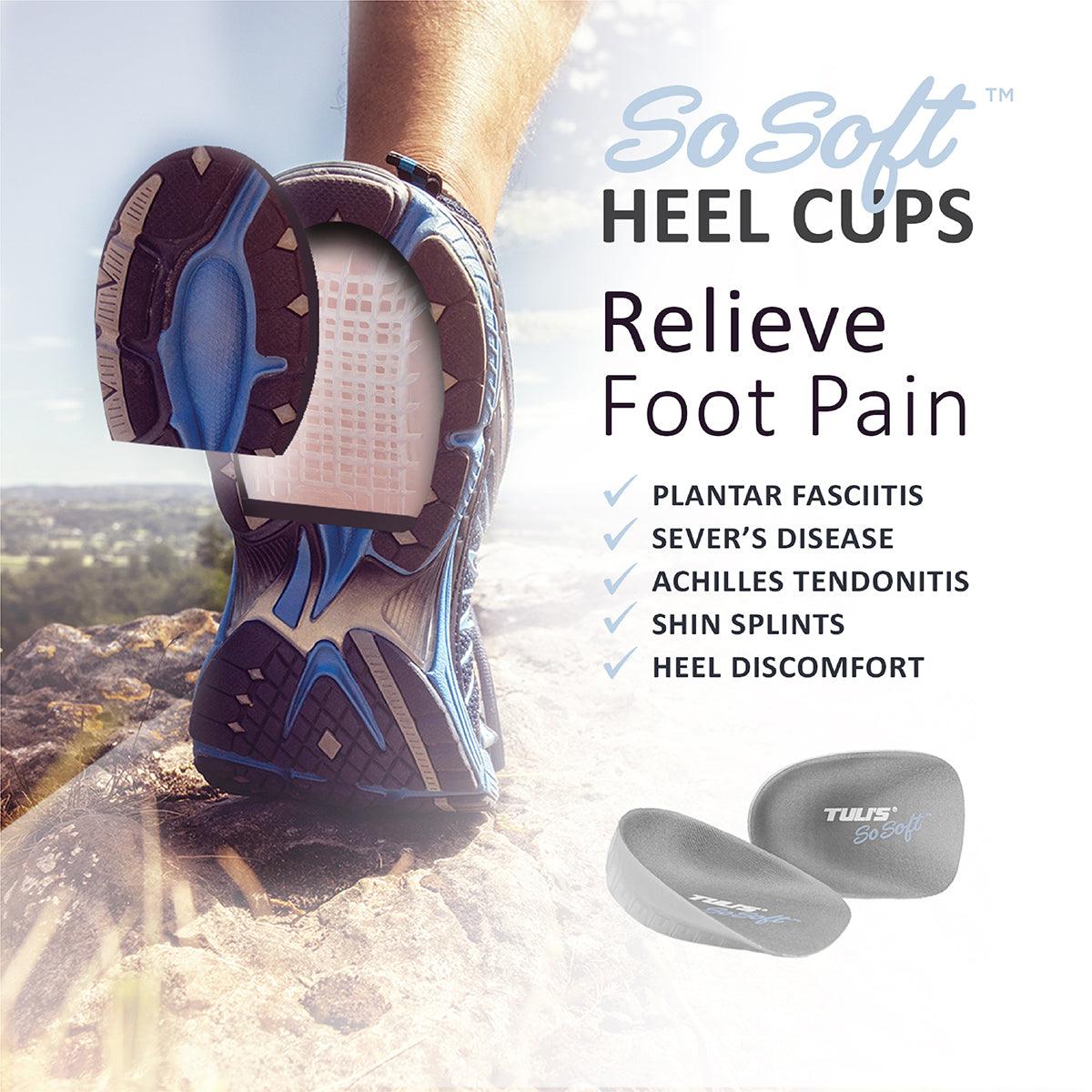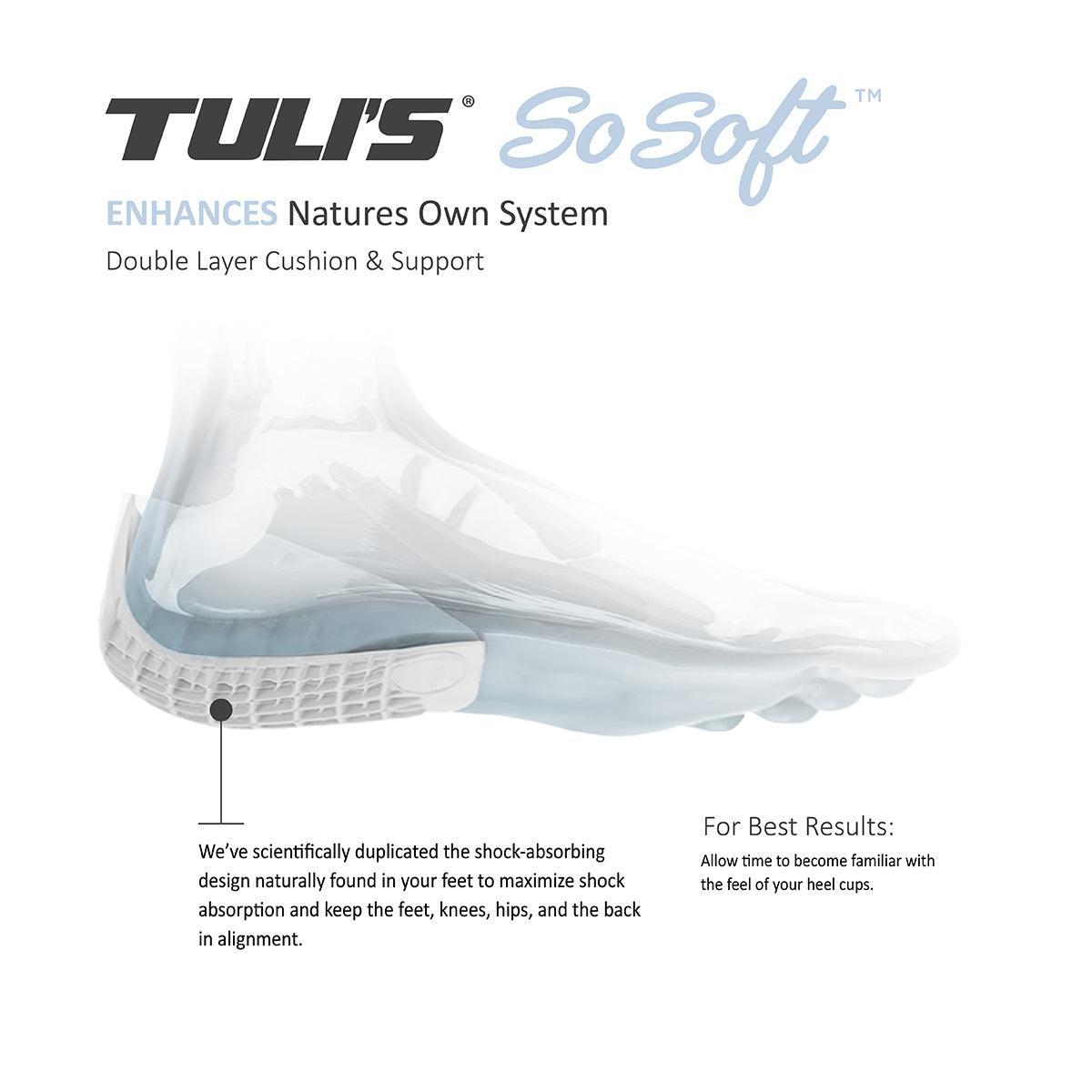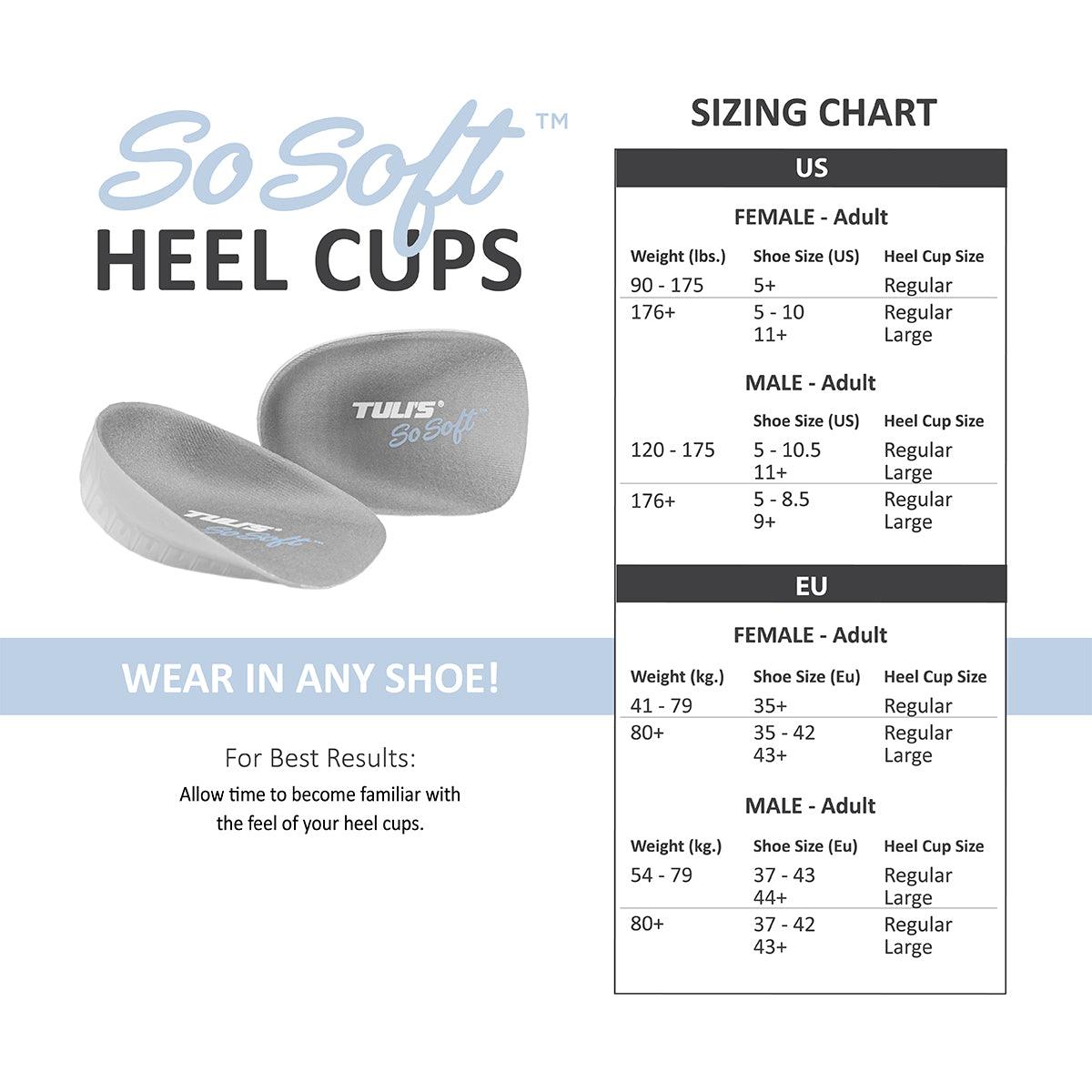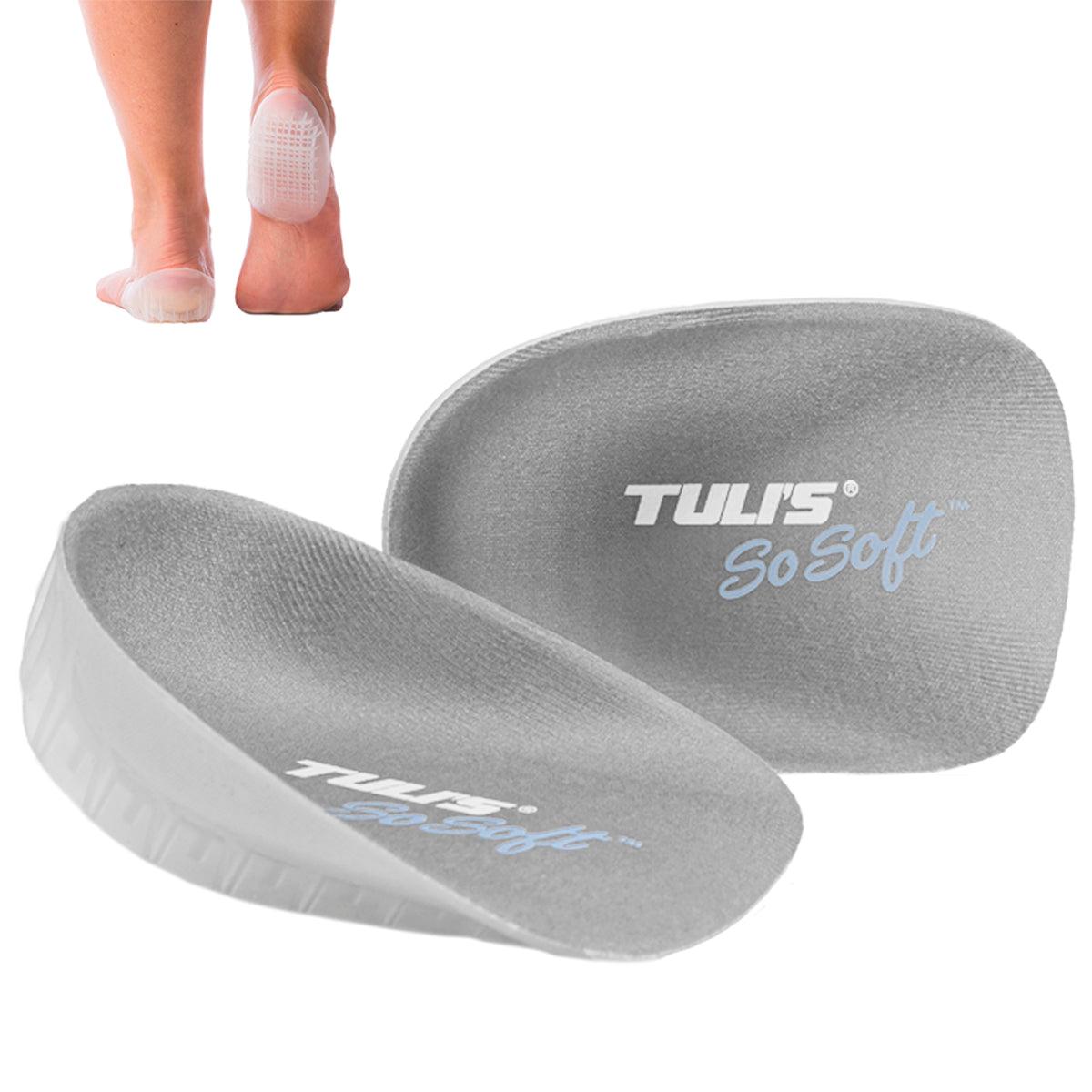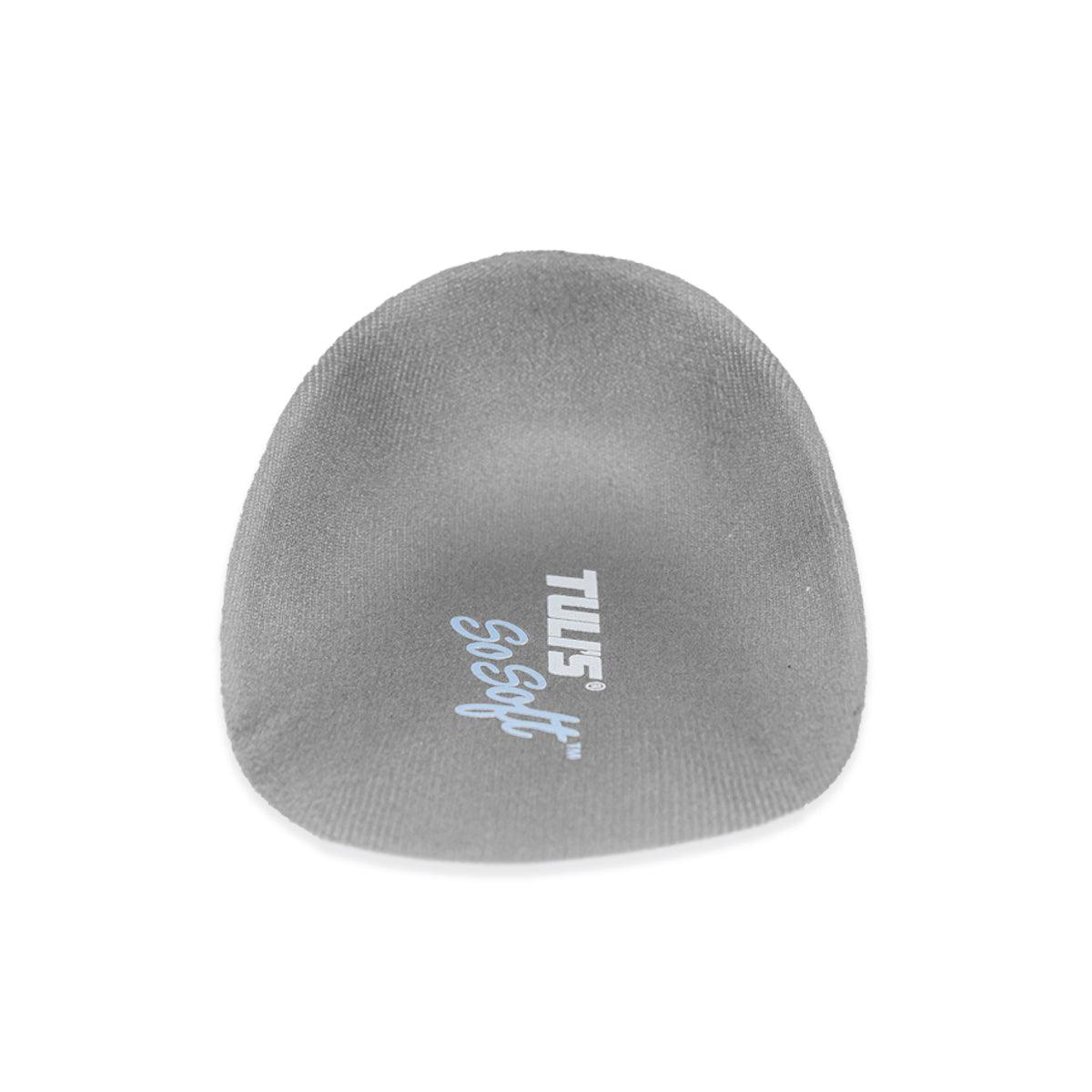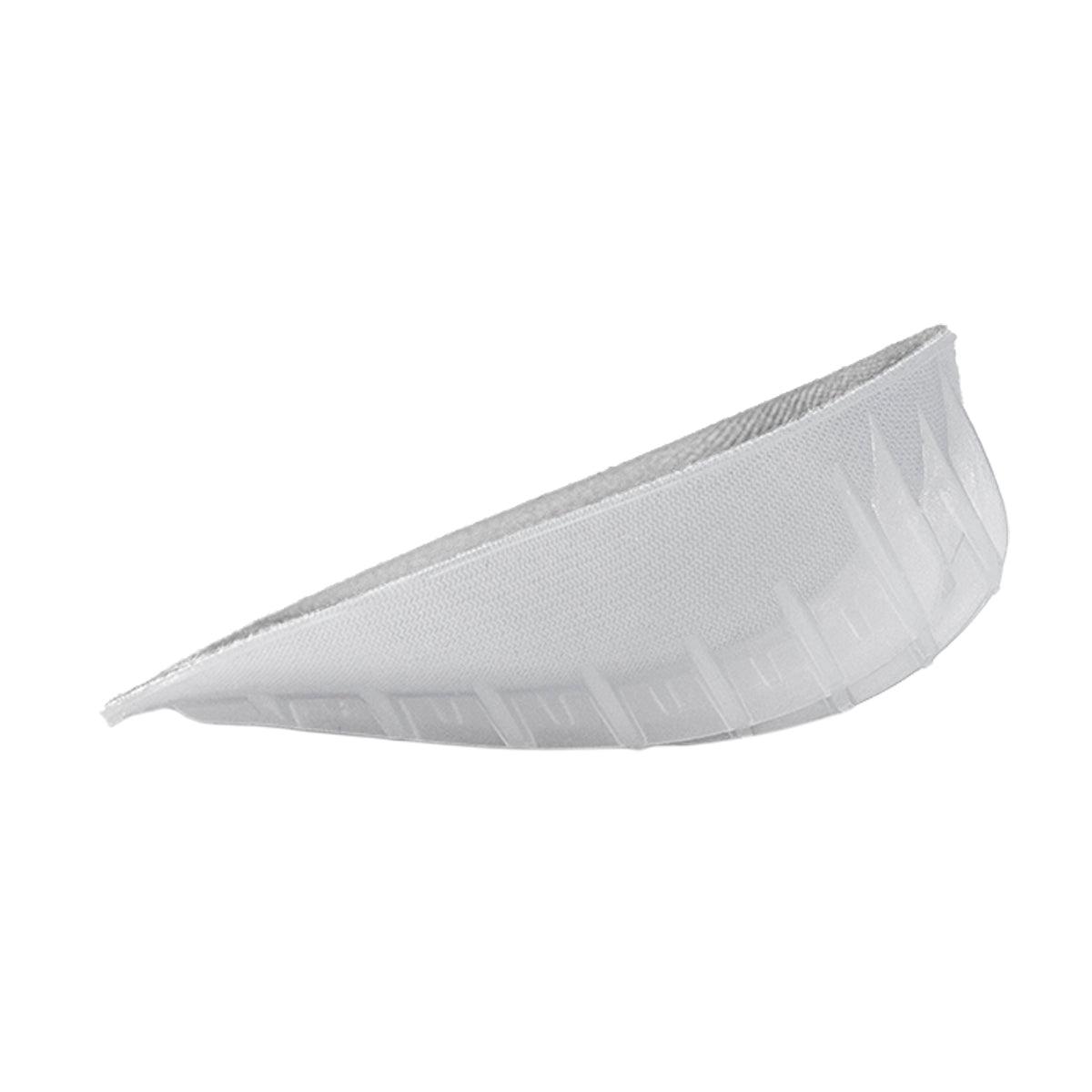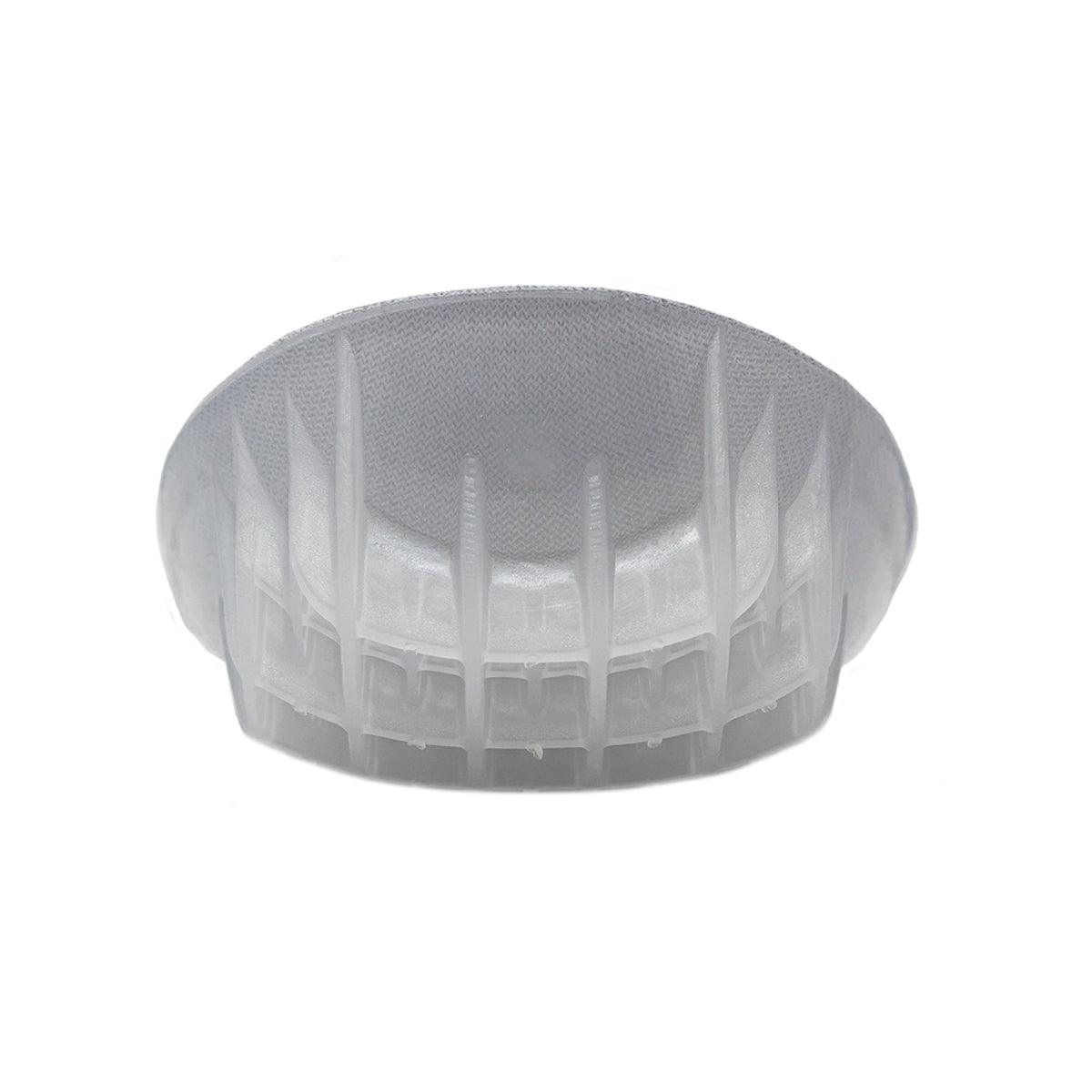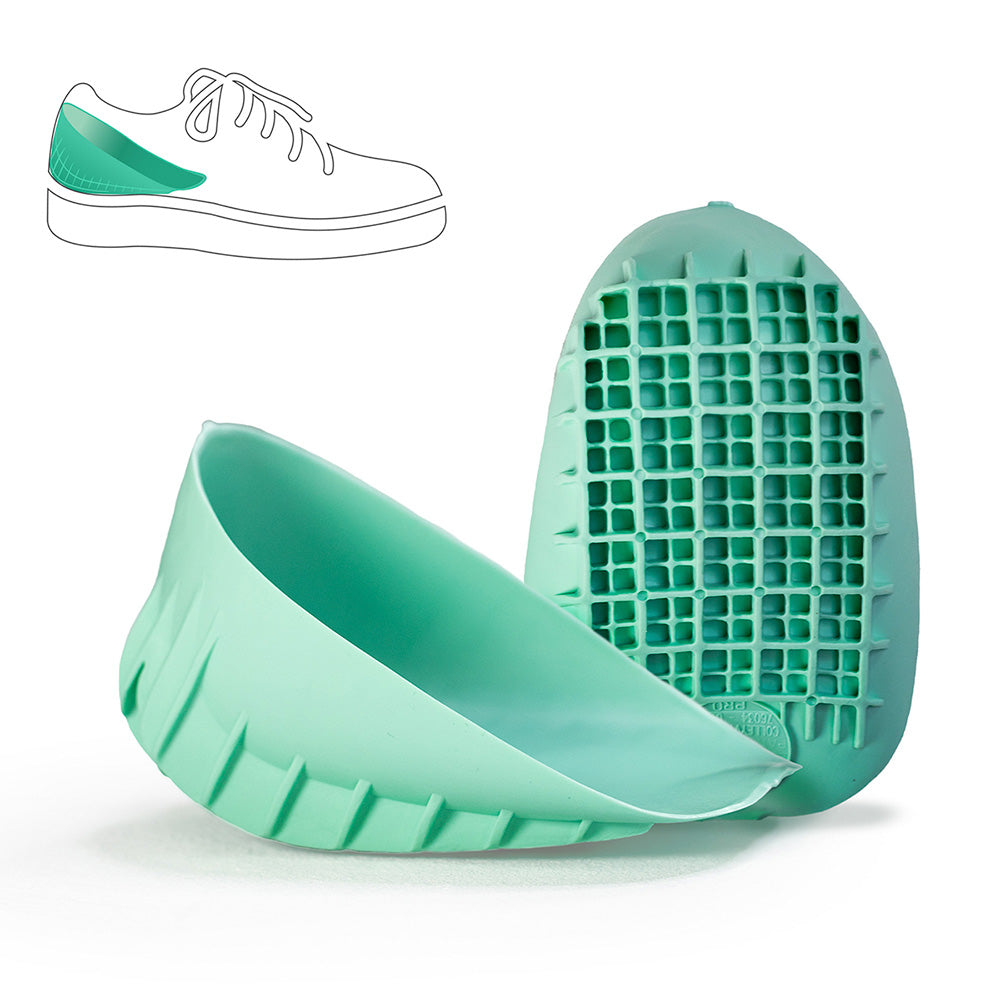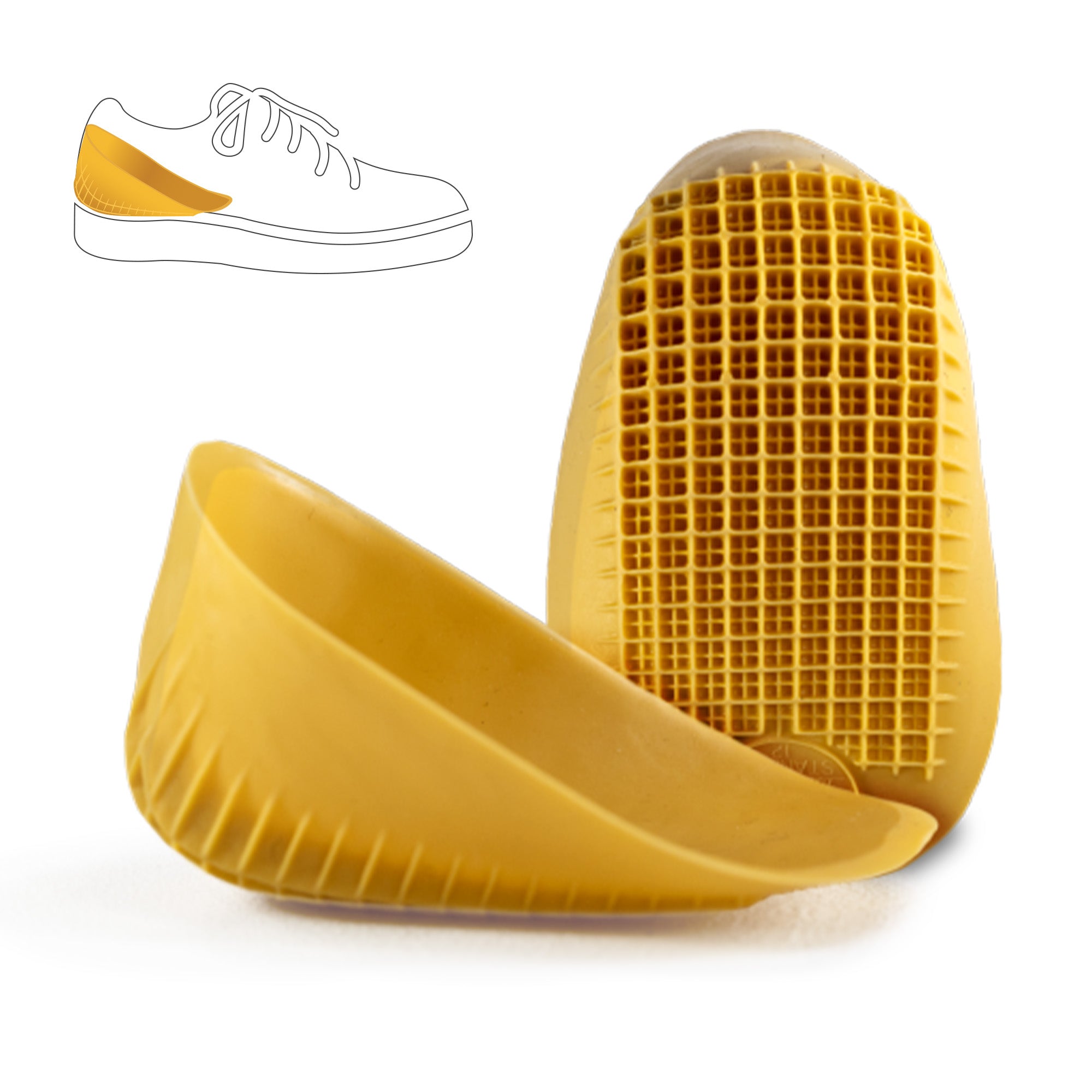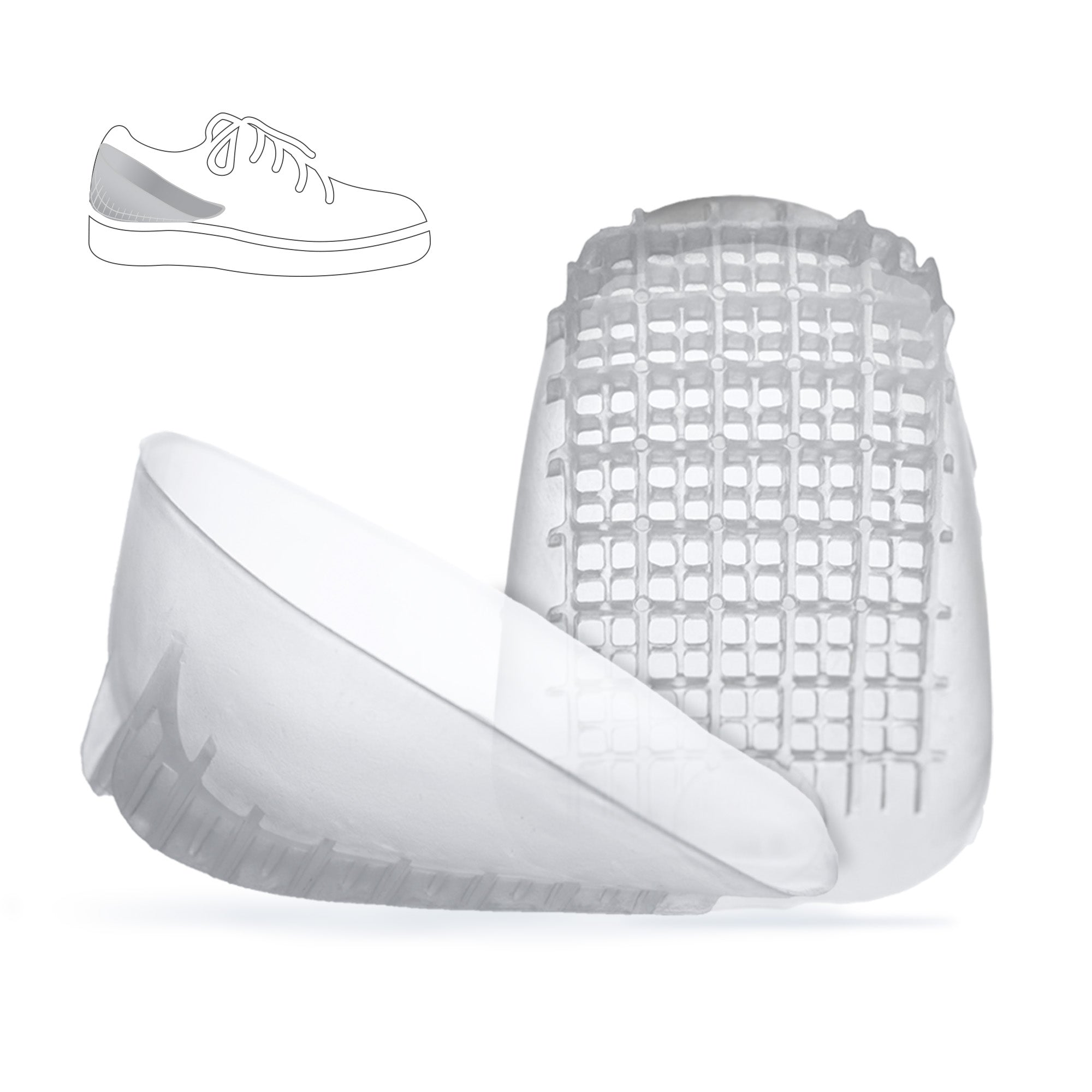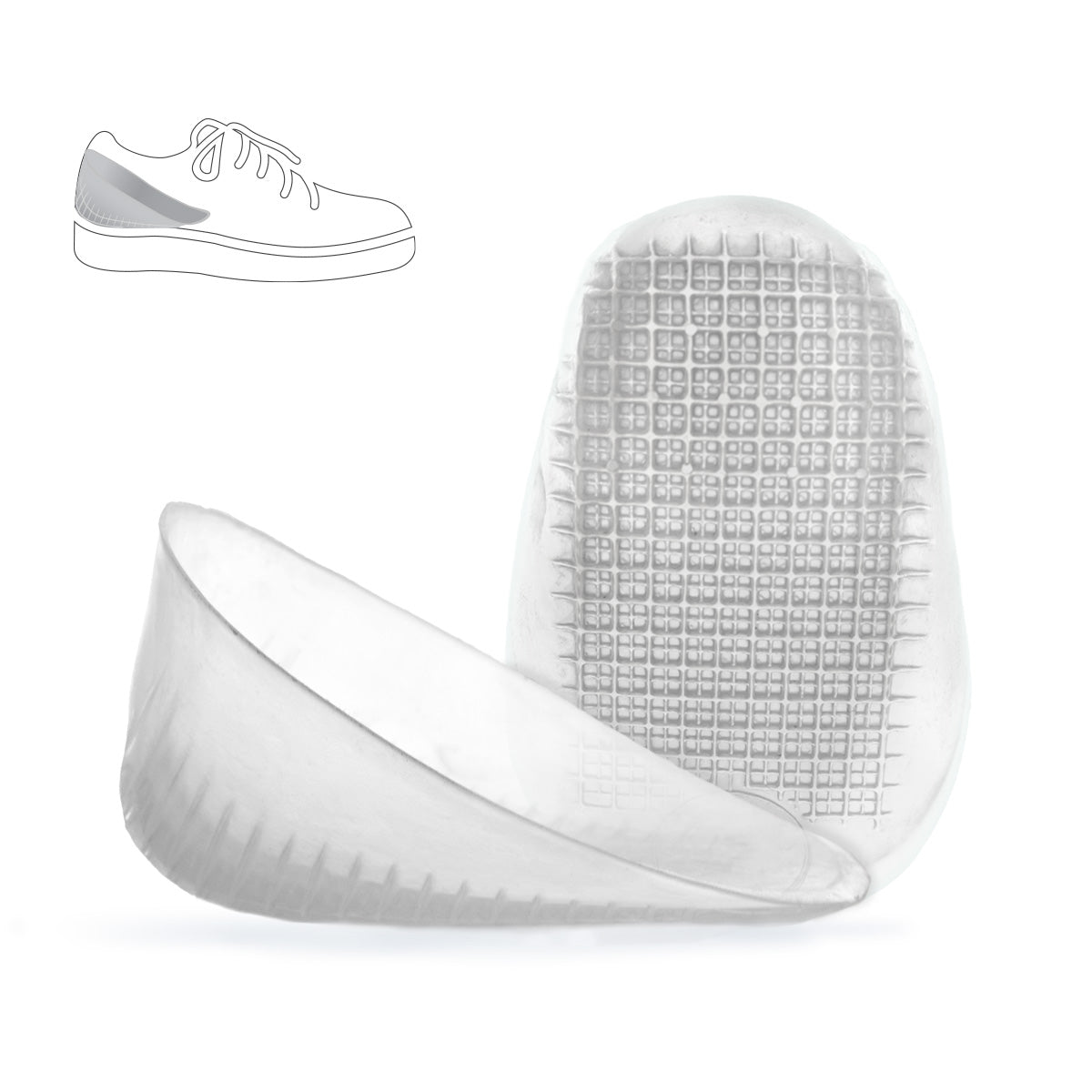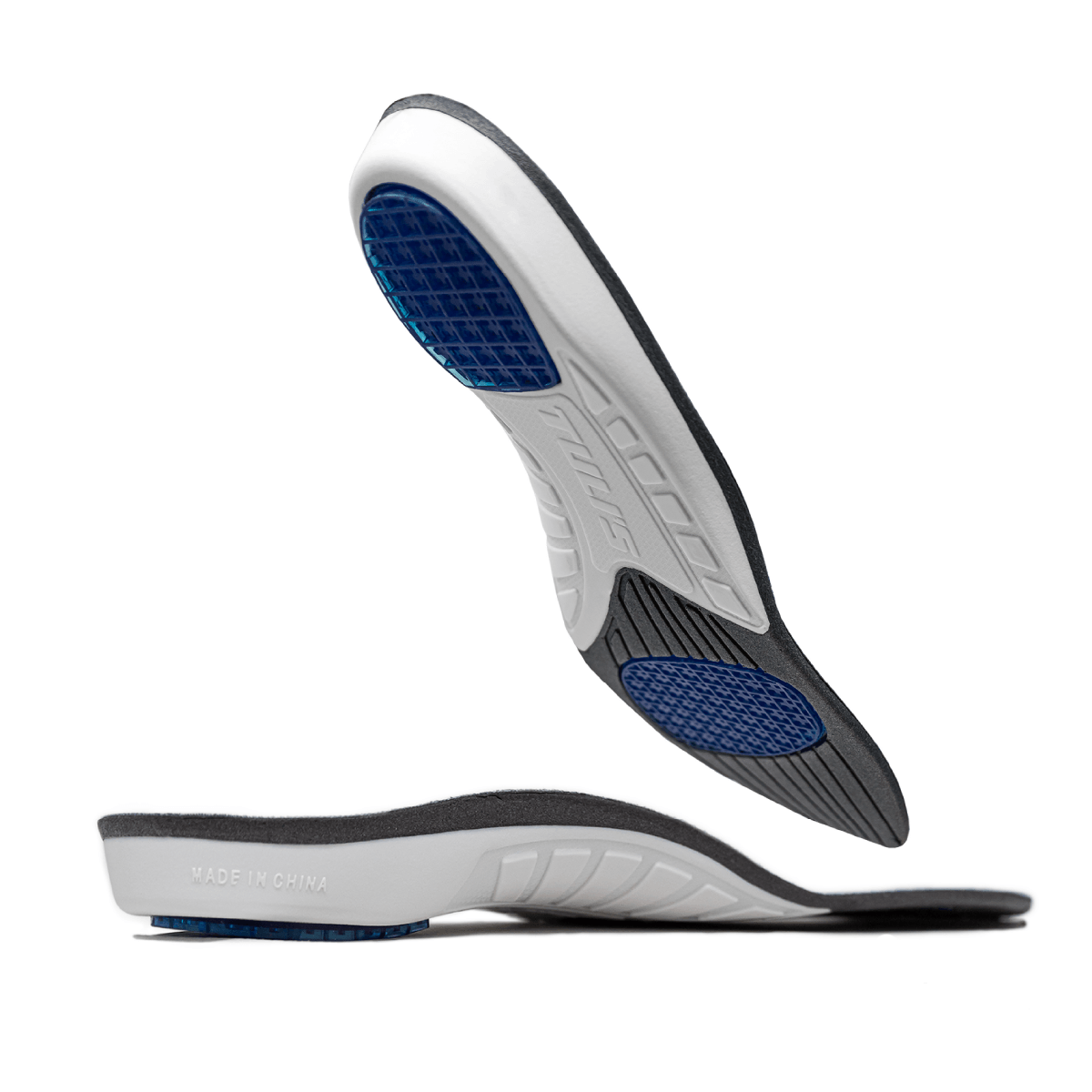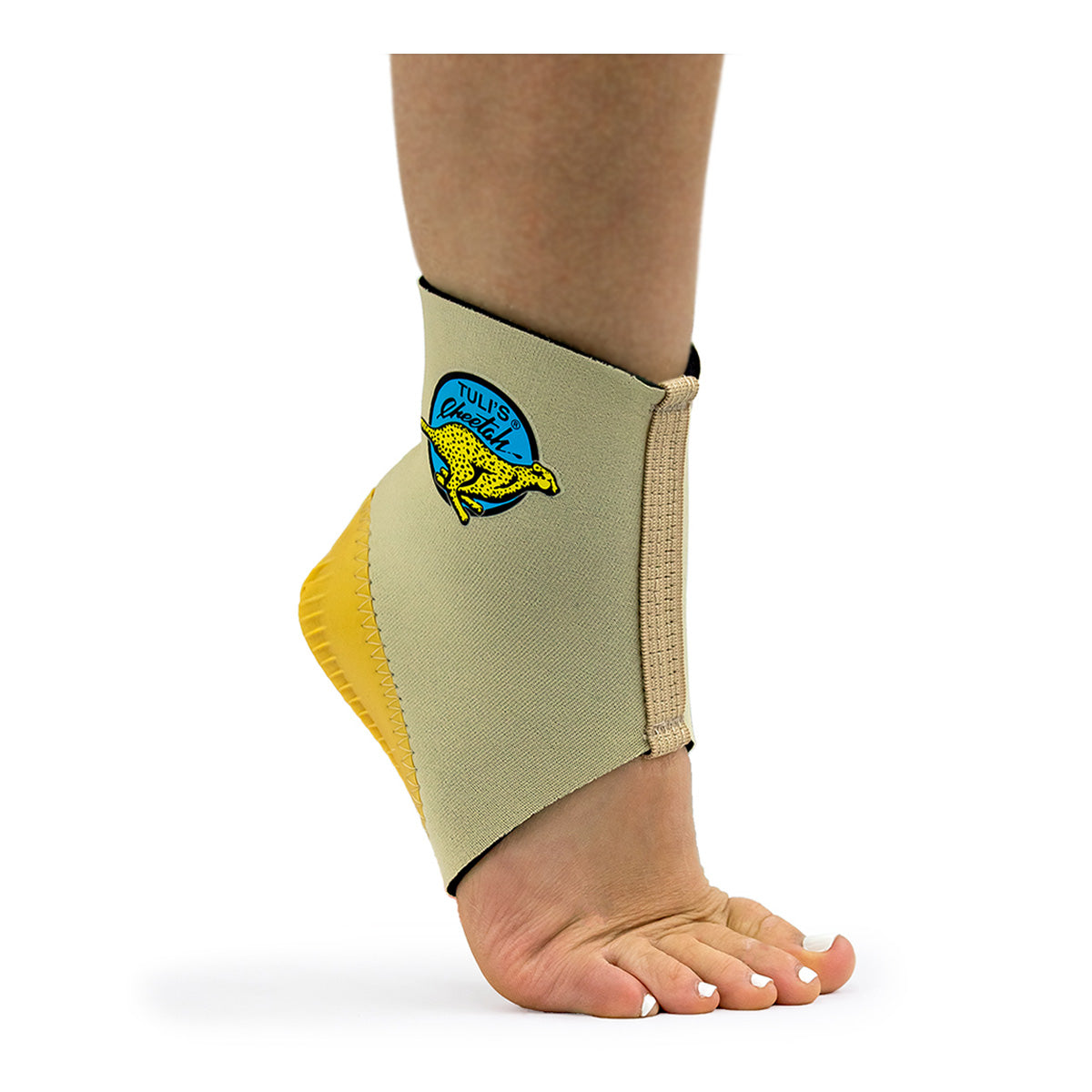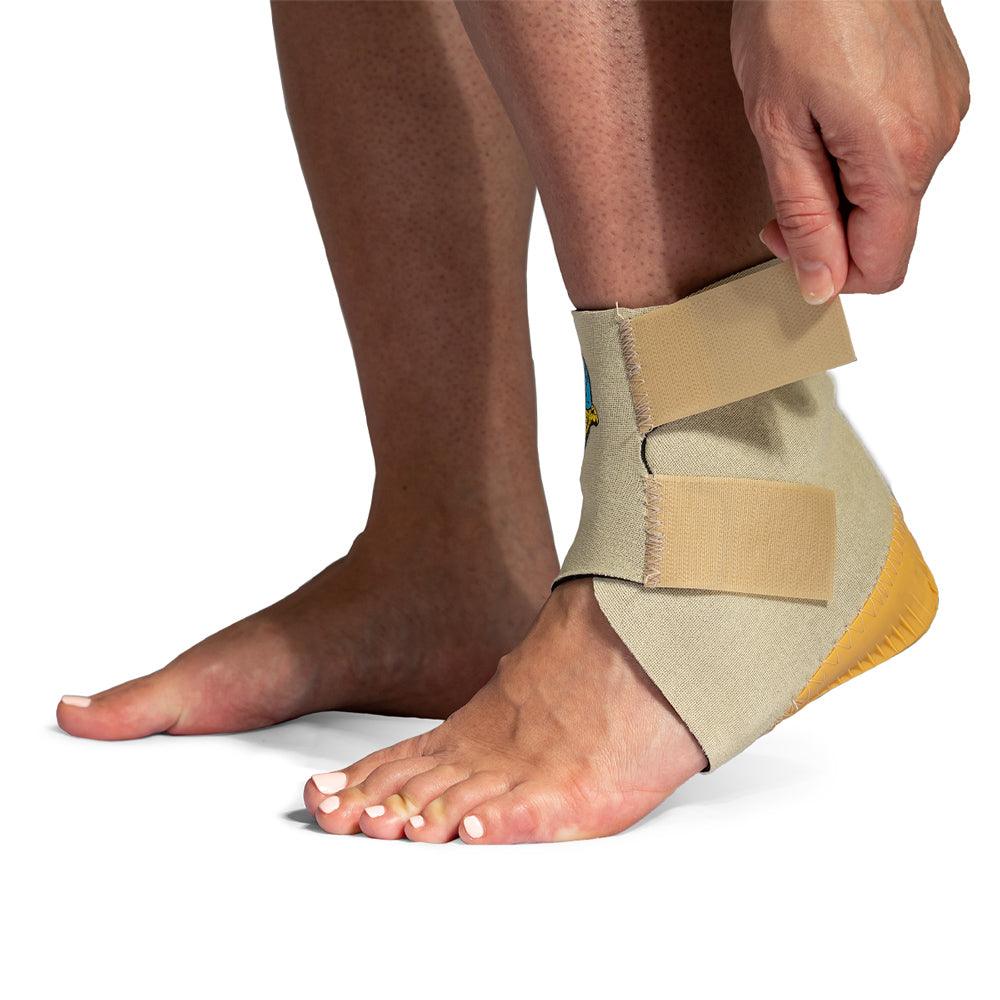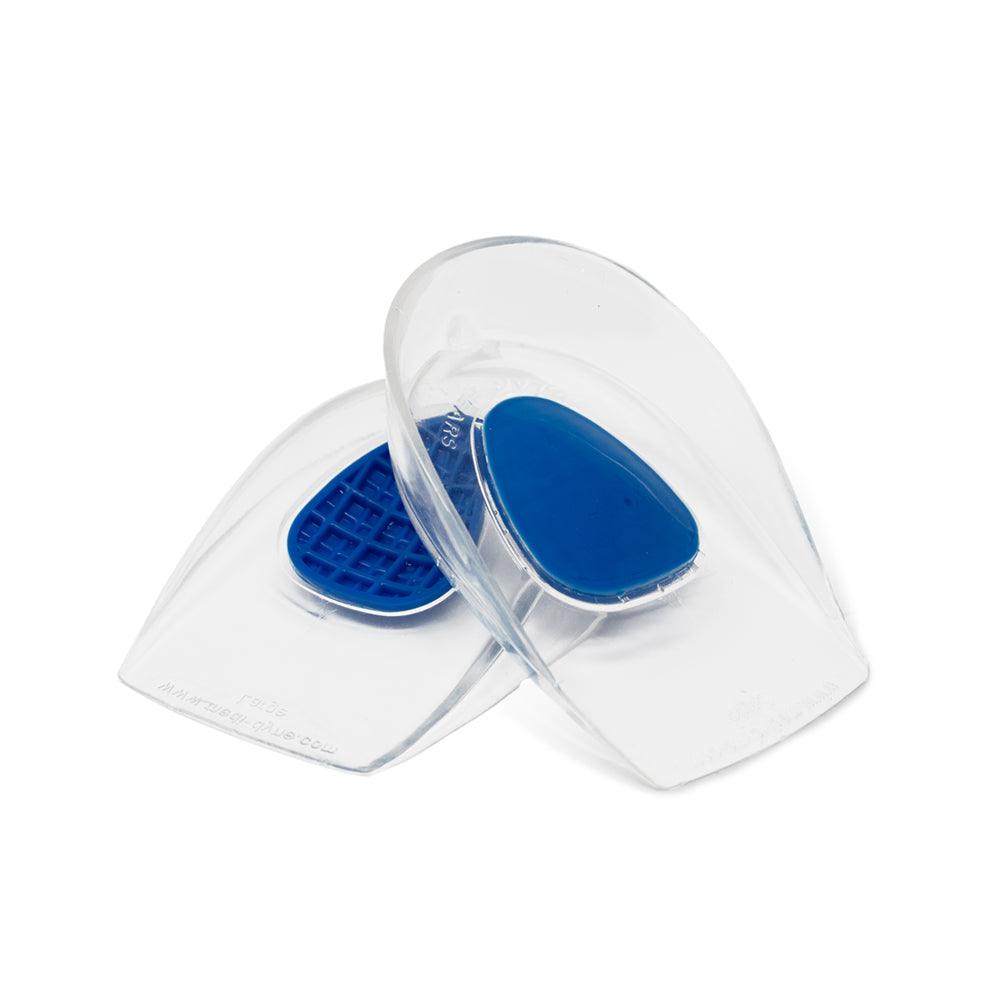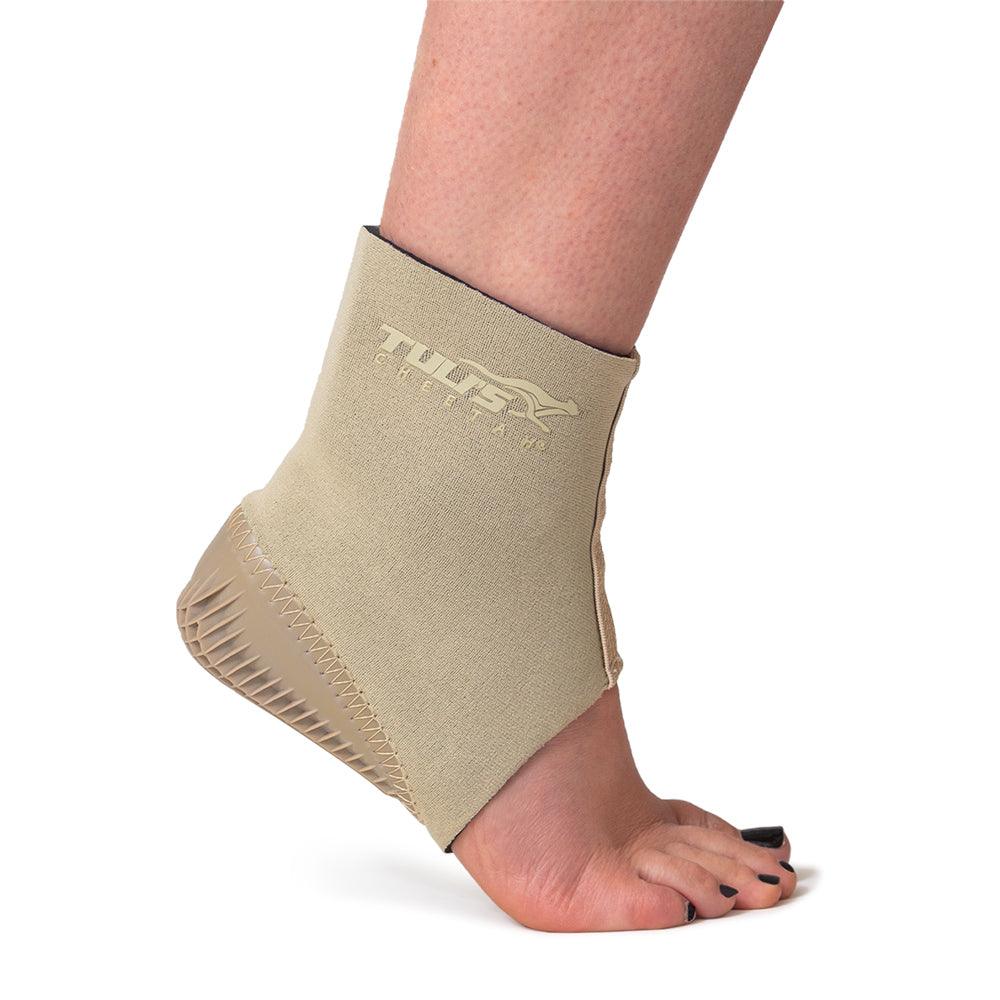Aching feet? You’re not alone! In the U.S., studies suggest that approximately 75% of Americans will experience foot health problems at one point or another in their lifetime.
Foot pain can and will vary by the individual due to the cause of the symptom. Here are some general symptoms you may experience:
- Dull aching in the arch of your foot
- Tenderness, swelling or soreness in either the heel or ball of the foot
- Steady pain along the sides of your feet
- Popping or throbbing sensation in the ankle
- Sharp pains in the joints of the foot or toes
The good news? There are many solutions to help you find relief from your achy feet. However, before exploring treatment options, you must correctly diagnose the cause of the pain.
Aching Feet? Here's What Could Be Causing It
Self-diagnosing the cause of your pain is never a good idea. You should consult with a trained medical professional before starting a pain treatment plan. If you've made your appointment, however, it doesn't hurt to do a little preliminary research to help guide your conversation with your doctor.
So, what could be causing your achy feet? Some of the most common reasons include:
- Blistering of the feet – If you've been working out more intensely, or moving more than usual, you may develop blisters on your feet. Blisters are small bubbles on the skin, filled with fluid. They are the result of irritation from friction or burning.
- Heel Spurs – These are defined as calcium deposits that cause a boney projection, which tends to appear internally on the bones of the heel.
- Plantar Fasciitis – This condition is considered one of the most common reasons behind foot/heel pain and is caused by inflammation and irritation of the plantar fascia, a thick band that is located along the bottom of your foot, connecting your toes to your heel bone.
- Sever's Disease – Growing children between the ages of 11-15 experience this pain in their heels. This condition is also affectionately known as "growing pains."
While research is a great way to prepare for a consultation with your medical team, this should not be used for self-diagnosing your achy feet.
5 Simple Ways to Relieve Your Achy Feet
After your aching feet have been accurately diagnosed, you can start looking into your relief options. While some individuals may need the help of pain medications, others may benefit significantly from the use of various braces or orthotics. Others may even benefit from investing in the right footwear for their feet or simply working on stretching the muscles in their feet and legs.
Not sure where to start? Here are five simple solutions that could help your aching feet in a big way.
1. Stretch/Massage the Muscles of Your Feet
Stretching and massaging your feet helps to increase the blood circulation in your feet. This action promotes healing by delivering white blood cells, platelets, and other essential nutrients to any damaged areas. Stretching the muscles in your feet will help to relieve built-up pressure from repetitive use and aid muscle relaxation.
2. Indulge in Foot Soaks
Foot soaks are another excellent method for relieving accumulated tension that causes achy feet. A warm foot bath for 10-15 minutes a few times a week will help to relax your foot and keep mild foot pain at bay. Consider adding some Epsom Salt to relax the muscles further and encourage circulation.
3. Get the Right Footwear
Believe it or not, the wrong shoes could be causing the pain in your feet as well. The wrong footwear can lead to the following:
- Inadequate heel support
- Inadequate arch support
- Chafing
- Blistering
- Heel Spurs
- Fractures and more
To find the types of shoes that work best for your feet, consider visiting an orthopedic doctor or a store that specializes in fitting individuals for the right footwear.
4. Consider Orthotic Shoe Inserts
If a new pair of kicks isn't what you're looking for, then you may want to consider orthotic shoe inserts. These come in several different forms, including heel cups, such as the Tuli's® So Soft® Heel Cups, and full-length insoles. Depending on what is triggering your pain, you will likely benefit more from one over the other. So, make sure you talk about your options with your medical team.

5. Foot Braces
If your pain is caused by certain activities or only occurs occasionally, wearing a foot brace during intense activity may be more suited to your needs.
If you're suffering from over-pronation or plantar fasciitis, the Tuli's® The X Brace™ - Complete Kit would be perfect for you. Chronic heel pain that requires more ankle support would benefit from the Tuli's Cheetahs® - Fitted brace.
Find Real Relief for Your Aching Feet with Medi-Dyne
Foot pain is as unique as the individual experiencing it, so make sure you are getting the right information from a trusted medical professional. If they suggest a brace or an orthotic to help your aching feet, then Medi-Dyne will help you discover the ideal solution for your distinct needs.
Questions? Then contact us today for more information!
Try Tuli's® The X Brace®
Specifically designed to help keep your plantar fascia ligament from flexing, The X Brace is made to give you the support where you need it the most. If you experience severe pain or persistent limited mobility, please seek professional medical attention.
OTHER RELATED TOPICS:
HOW ARE PLANTAR FASCIITIS INSOLES DIFFERENT FROM REGULAR INSOLES?
5 THINGS A PLANTAR FASCIITIS INSOLE MUST HAVE TO BE EFFECTIVE
5 BEST HEEL CUPS FOR PLANTAR FASCIITIS
PLANTAR FASCIITIS, A REASON TO WORRY?
5 REASONS WHY YOU SHOULD STRETCH IN THE MORNING
PLEASE NOTE: The information on this website and article is for information only and should not be used as a substitute for consulting your doctor. Consult your doctor for proper diagnosis and rehabilitation









